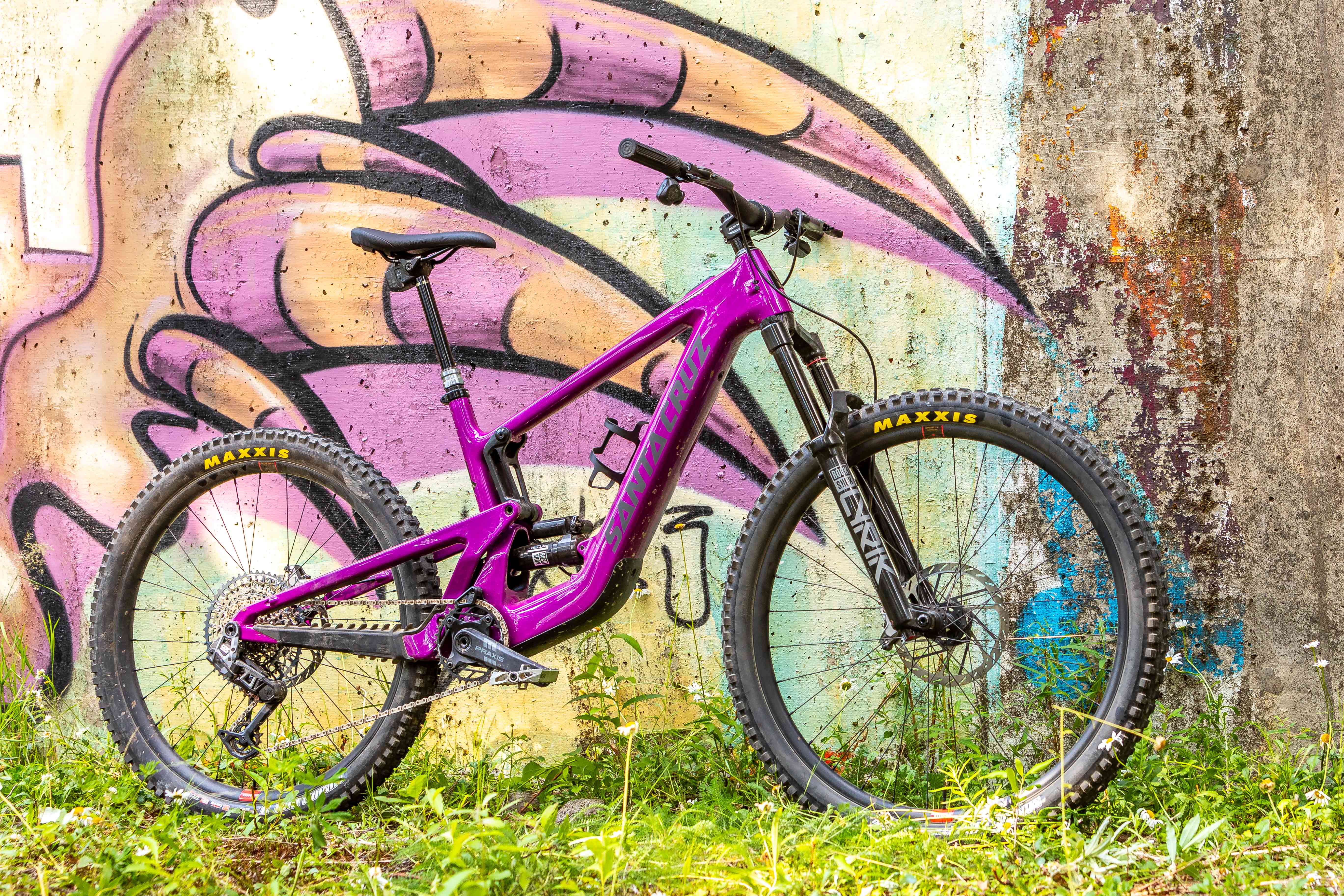The electric mountain bikes you should have on your watchlist
Electric mountain bikes are more popular than ever and if you’re in the market for an eMTB in 2024, you have a plethora of options to choose from.
In this article, we’ve selected five cutting-edge electric mountain bikes we think should be on your watchlist.
Specialized Turbo Levo SL II
Released last spring, the Specialized Turbo Levo SL II proved itself a worthy successor to the original Levo SL, which started the lightweight eMTB trend back in 2020.
Based on the popular Stumpjumper EVO chassis, the Levo SL II gets Specialized’s latest Turbo SL 1.2 electric motor, with its increased power of 320W and 50Nm of torque. The internal 320Wh battery capacity remains, and the bike is compatible with a 160Wh range extender.
Specialized’s Mission Control smartphone app enables you to tweak the three standard riding modes (Eco, Trail and Turbo) with the MicroTune feature, which enables you to alter the assistance in 10 per cent increments.
The Levo SL II’s geometry is also adjustable, like its Stumpy EVO stablemate.
Offset headset cups provide three head-angle settings, adjustable in one-degree increments. There’s also an offset bush on the shock eyelet to raise or lower the bottom bracket height by 5mm.
A flip chip at the Horst-link pivot adjusts the chainstays from 432.5mm to 442.5mm, as well as enabling the Levo SL II to accommodate a 29in rear wheel.
There are six models to choose from. The carbon Comp, Pro, Expert and two S-Works models range from £7,000 to a heady £13,500. However, the new Levo SL II Alloy comes in at £5,250.
Canyon Strive:ON

The Strive:ON is Canyon’s first enduro-specific eMTB. Built with input from downhill legend Fabien Barel, it sits between the Spectral:ON and Torque:ON in the brand’s line-up.
Whereas the Levo SL II is a lightweight eMTB, the Strive:ON is a chunky, full-power machine sporting 160mm of rear-wheel travel.
Either a 625 or 750Wh battery is teamed with Bosch’s Performance Line CX motor, or the Bosch CX Race Motor if you opt for the flagship CFR LTD model.
While it shares a name and enduro racing intentions with the non-assisted Strive, the two bikes don’t share Canyon’s geometry-tuning ShapeShifter technology.
The Strive:ON is on trend, with its mullet wheel setup and slack 63.5-degree head angle, while the 475mm reach on a size medium is on the longer side compared to the competition. The chainstays are fairly short at 445mm and the geometry is fixed, with no adjustment or ability to run a larger 29-inch rear wheel.
All models sport a carbon frame, Fox suspension and DT Swiss wheels to go with the quality Bosch battery and motor. Our value pick is the base CFR Underdog, which is very keenly priced at £5,499.
Transition Repeater

The Transition Repeater was the brand’s first ebike and, for 2024, it adopts SRAM’s new Eagle Powertrain.
We were impressed by the Repeater’s capable rear suspension, balanced geometry and climbing performance during last year’s Bike of the Year testing. However, less impressive was the SRAM NX Eagle drivetrain and under-gunned fork.
Transition has addressed both of these issues with the latest Repeater PT model, which comes specced with SRAM’s Transmission drivetrain, Powertrain motor, and 170mm of suspension travel front and rear.
The increased suspension travel slackens the bike’s head angle by half a degree (to 63.5 degrees) and Transition has steepened the size-specific seat angle across the board, with the Repeater now sporting a 78.2-degree seat angle in size large.
Despite these tweaks, the latest Repeater still isn’t cheap, with two models priced at £10,499 and £11,999.
Santa Cruz Heckler SL

The Santa Cruz Heckler SL is a lightweight eMTB equipped with Fazua’s Ride 60 drive unit and a 430Wh battery.
Its sleek frame is impressive and the Heckler SL looks almost like a non-assisted bike at first glance. Neatly hidden away, that Ride 60 motor provides, as the name suggests, 60Nm of torque and up to 450W of assistance.
While this is less than the full-power motors seen on the Canyon and Transition, it is a noticeable jump from the Levo SL. However, with a claimed weight of between 18.93 and 19.55kg (size dependent), the Heckler SL is heavier than the Specialized.
The Heckler uses Santa Cruz’s VPP suspension to deliver 150mm of rear travel, paired with a 160mm fork. It also uses a mixed-wheel mullet setup. Pricing for the carbon-framed Heckler SL ranges from £6,699 to £11,999.
Whyte E-Lyte

Sporting a stunning carbon frame and Bosch’s SX motor, the Whyte E-Lyte is a lightweight eMTB with 55Nm of torque and up to 600W of assistance.
It features a 400Wh internal battery, that can be boosted with a 250Wh PowerMore range extender.
While it’s down on torque compared to a full-fat eMTB, it comes close to successfully bridging the two electric bike categories.
Two models are available, sporting 140mm and 150mm of rear travel.
The E-Lyte 140 boasts a lighter Fox 34 fork and a build kit that’s intended to shed as much weight as possible while keeping things tough to withstand the rigours of trail riding.
The lightweight eMTB is specced with carbon DT Swiss wheels, SRAM’s XX SL drivetrain and Level Ultimate 4-piston brakes. A carbon cockpit from Race Face and KS helps to keep the weight down, with the E-Lyte 140 coming in at a claimed 16.4kg.
While the E-Lyte 140’s low weight steals the limelight, we were impressed by the burlier E-Lyte 150. The beefier Fox 36 or Rockshox Lyrik forks paired perfectly with Whyte’s typically progressive geometry, making the E-Lyte 150 a formidable trail bike for tackling challenging terrain.